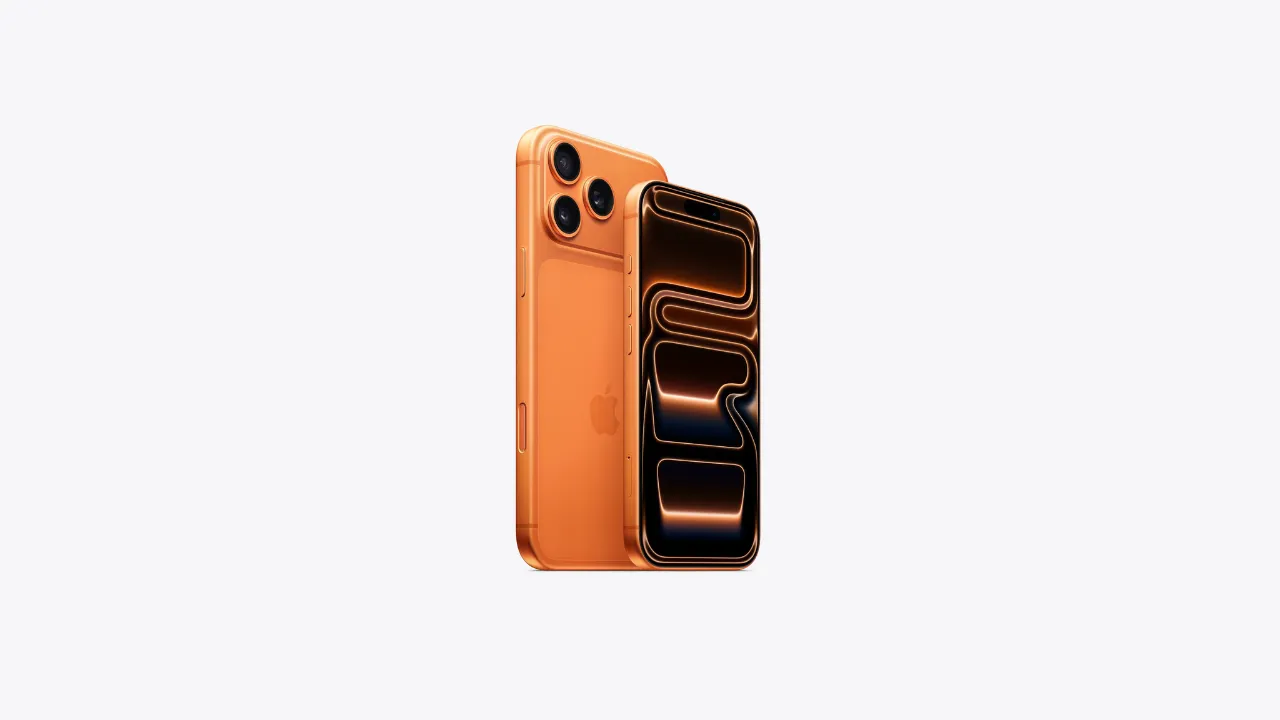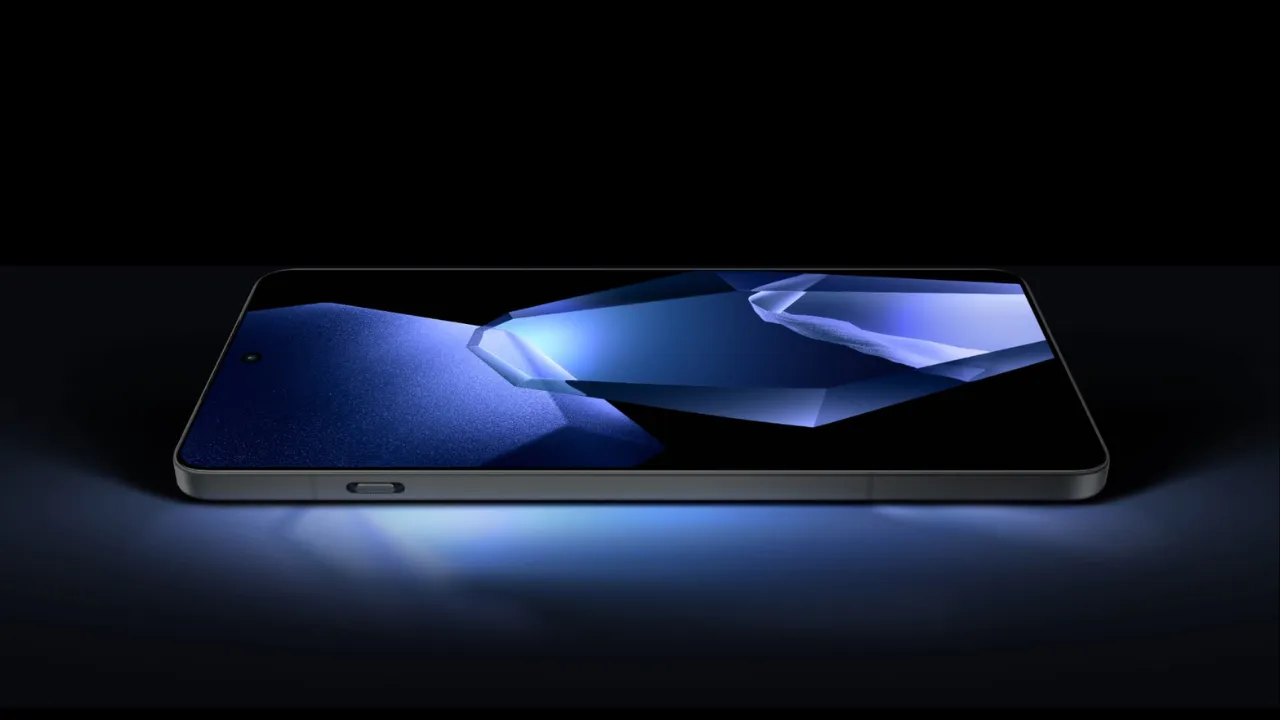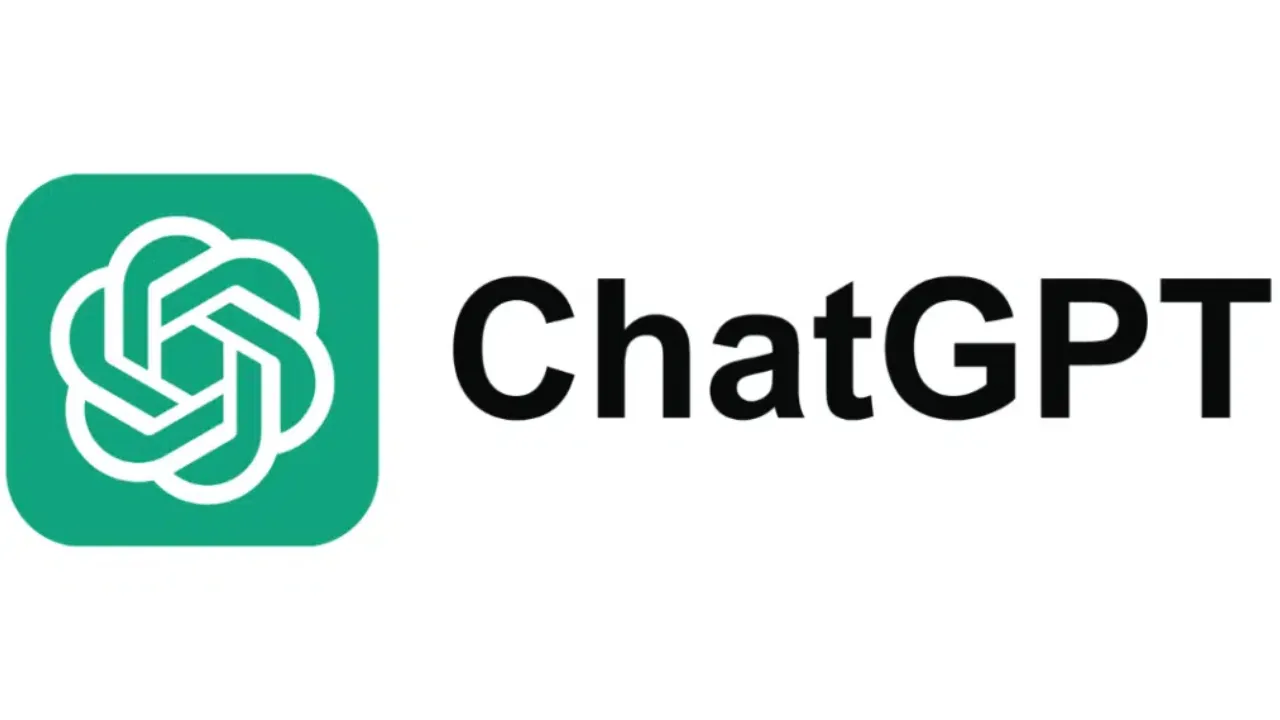Apple may not release standard iPhone 18 next year: Reports
Apple’s usual September iPhone rhythm may be getting a major shake-up. Multiple industry reports suggest that Apple might skip the standard iPhone 18 in its 2026 launch lineup, focusing instead on the Pro versions and its first-ever foldable iPhone. The decision, if true, could mark a significant shift in Apple’s long-standing product release strategy, and it may have major implications for both consumers and the smartphone industry.
Why Apple may delay the iPhone 18
Industry insiders believe that Apple’s decision could be driven by a mix of production constraints, changing market demand, and a new focus on premium innovations. According to reports from supply-chain sources, Apple may be planning to prioritize the iPhone 18 Pro models and the highly anticipated foldable iPhone next year. Meanwhile, the standard iPhone 18 could be postponed to early 2027.
Over the last few years, Apple’s product lineup has expanded rapidly. With the introduction of “Air,” “Pro,” and “Pro Max” models, the company now juggles multiple versions every launch cycle. Adding a foldable iPhone into the mix could make manufacturing and marketing even more complex. To manage this, analysts predict that Apple might stagger its launches — focusing first on premium devices while spacing out the standard model’s release.
Apple’s changing strategy
Apple’s shift toward premium-focused launches reflects a larger trend in its business model. The company has been steadily increasing the share of revenue generated from high-end models like the iPhone Pro and Pro Max. These devices offer higher margins and appeal to a loyal customer base that upgrades regularly for better camera systems, displays, and performance.
By potentially skipping the standard iPhone 18 in 2026, Apple could be trying to streamline its production schedule while maximizing profit margins. At the same time, this approach allows the company to dedicate more resources to perfecting its foldable technology — something competitors like Samsung and Google have already brought to market.
What experts are saying about the iPhone 18 reports
Analyst Ming-Chi Kuo and several reputable tech outlets, including MacRumors and The Verge, have cited supply-chain data hinting at the possibility of a delayed standard iPhone 18. These reports note that component orders for 2026 appear heavily weighted toward Pro-level devices and new foldable displays. While Apple hasn’t confirmed these reports, the consistency of leaks across multiple sources suggests there may be substance behind them.
It’s important to note, however, that Apple is known for making last-minute adjustments to its product roadmap. The company’s secrecy means nothing is final until an official announcement or event invitation goes out. Until then, the rumored iPhone 18 delay should be viewed as probable but not guaranteed.
Impact of the iPhone 18 delay on customers
For iPhone users, a potential delay raises an important question: should you wait for the iPhone 18 or buy an existing model? If your current device is working fine, waiting could make sense — especially if you’re interested in new design innovations like the foldable iPhone or advanced camera systems. But if your phone is old or damaged, waiting until 2027 might not be practical.
The iPhone 17 lineup, which includes the iPhone 17 Air and Pro variants, will likely remain a strong option in 2026. These models are expected to receive software updates for several years and may even drop in price as newer models enter the market. For budget-conscious buyers, refurbished and previous-generation iPhones will also continue to offer good value.
What the delay means for Apple’s business
From a business perspective, delaying the standard iPhone 18 could allow Apple to focus more intensely on innovation and differentiation. A staggered rollout would give Apple time to refine the foldable iPhone’s design and ensure it meets the company’s durability and quality standards before mass production.
Moreover, emphasizing the Pro lineup reinforces Apple’s premium brand image. By highlighting cutting-edge features like under-display Face ID, upgraded A-series chips, and professional-grade cameras, Apple can strengthen its dominance in the premium smartphone segment. The move may also help Apple compete more effectively with Samsung’s Galaxy Z series and Google’s Pixel Fold.
However, skipping a standard iPhone release for a year could also carry risks. Apple’s sales rely heavily on its regular release cycle, and many consumers prefer the more affordable base model. A delay might open an opportunity for competitors to gain market share in the mid-range segment.
How competitors could benefit
If Apple postpones the iPhone 18, rival brands like Samsung, OnePlus, and Xiaomi could capitalize on the gap. These companies have been quick to release high-quality mid-range phones that balance performance and price. Samsung, in particular, could push its foldable models even harder in 2026 to attract users who might otherwise wait for Apple’s version.
This competitive pressure could also force Apple to rethink its pricing strategy. If the foldable iPhone and Pro models are priced too high, Apple might face criticism for leaving out mid-tier customers who traditionally buy the standard iPhone.
What to expect from the iPhone 18 when it does arrive
While details remain unconfirmed, early leaks suggest that the iPhone 18 — when it eventually launches — could feature Apple’s next-generation A20 chip, a new camera sensor, and even a refined design inspired by the foldable variant. Reports also hint that Apple could improve battery life and introduce advanced AI-driven photography features.
If released in 2027, the iPhone 18 may also ship with iOS 21 or later, offering deeper AI integration similar to Apple Intelligence announced in 2024. Users can expect smarter Siri capabilities, real-time text generation, and improved system-level AI tools.
What consumers should do now
For most users, the best approach is to stay informed but not overreact. Apple’s official events — typically held in September — will provide the clearest confirmation of the company’s 2026 plans. Until then, avoid making long-term upgrade decisions based solely on rumors.
If you’re due for an upgrade, consider the iPhone 17 series, which already offers Apple’s latest hardware and software features. If your current device still performs well, you can wait and watch how the iPhone 18 and foldable developments unfold.
Conclusion
While reports of Apple skipping the standard iPhone 18 in 2026 are gaining traction, the company has yet to confirm anything officially. If true, the decision could signal a major shift in Apple’s strategy — prioritizing high-end devices and new form factors over maintaining its traditional release cadence.
For now, buyers should treat the rumors with cautious optimism. The iPhone 18 may eventually bring exciting innovations, but until Apple reveals its plans, the iPhone 17 lineup remains a strong, reliable choice for anyone looking to upgrade.
Also Read: Rohit Sharma Removed! Shubman Gill Named New ODI Captain!













